
Dendrophthoe falcata
(MRP Inclusive of all taxes)
- Shipping ₹79 for entire order
- Dispatch in 7 days
- Country of origin: India

(MRP Inclusive of all taxes)
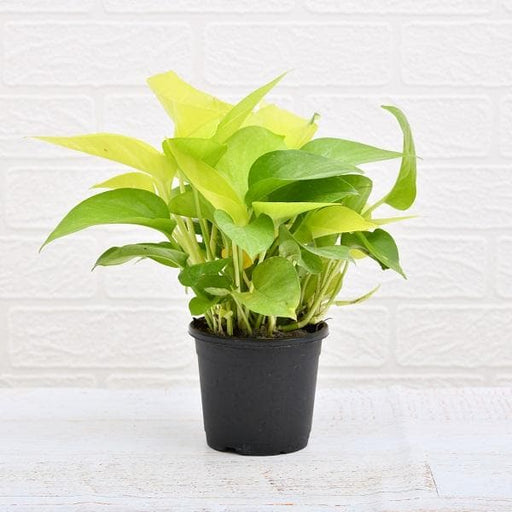 Save 29%
Save 29%
Air Purifier Money Plant with Pot The Air Purifier Money Plant, also known as Pothos or Epipremnum aureum, is a stunning indoor plant that...
View full details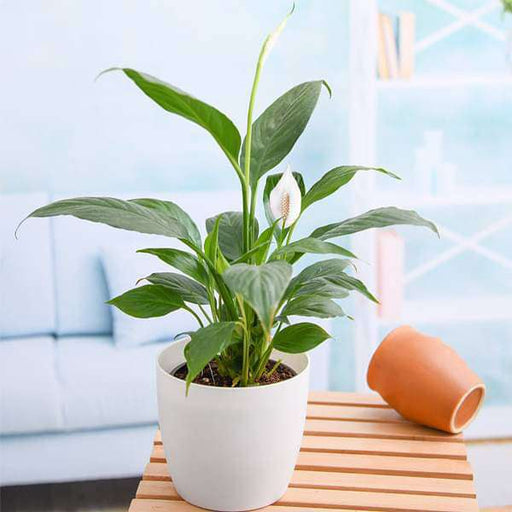
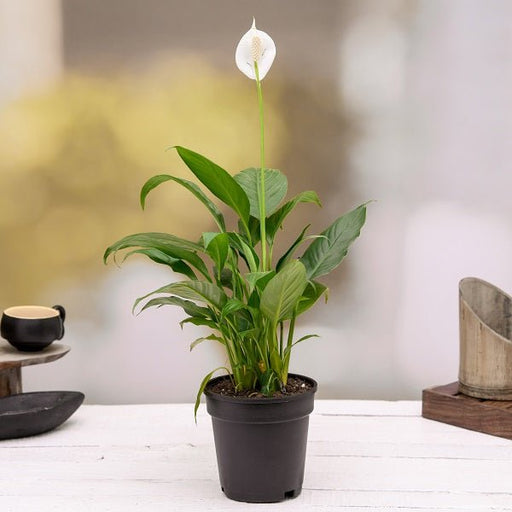 Save up to 15%
Save up to 15%
Peace Lily, Spathiphyllum - Plant The Peace Lily, scientifically known as Spathiphyllum, is a stunning houseplant celebrated for its elegant white...
View full details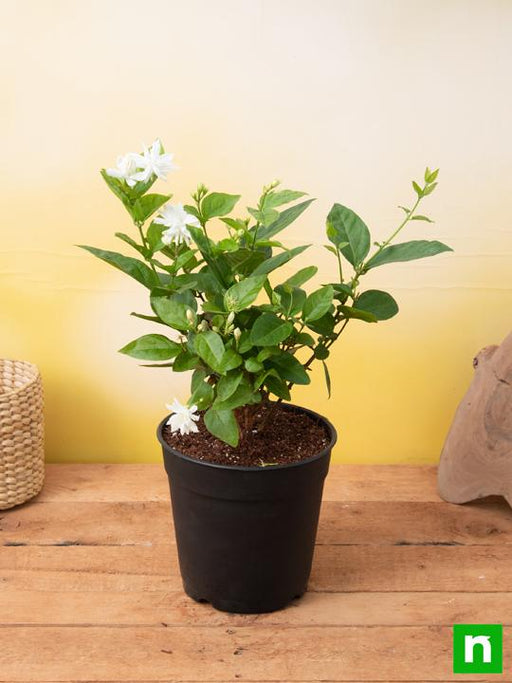
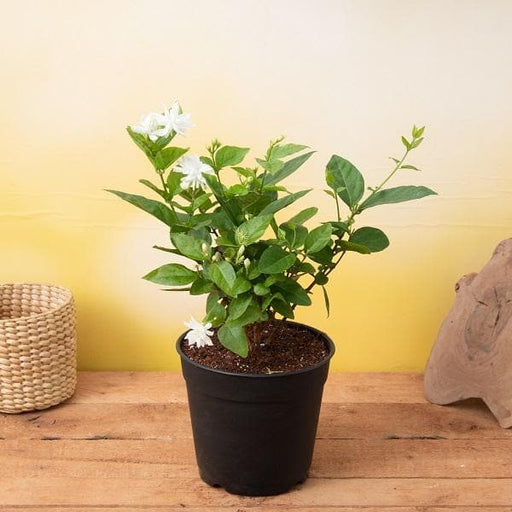 Save 25%
Save 25%
Jasminum sambac, Mogra, Arabian Jasmine - Plant Jasminum sambac, commonly known as Mogra or Arabian Jasmine, is a fragrant flowering plant...
View full details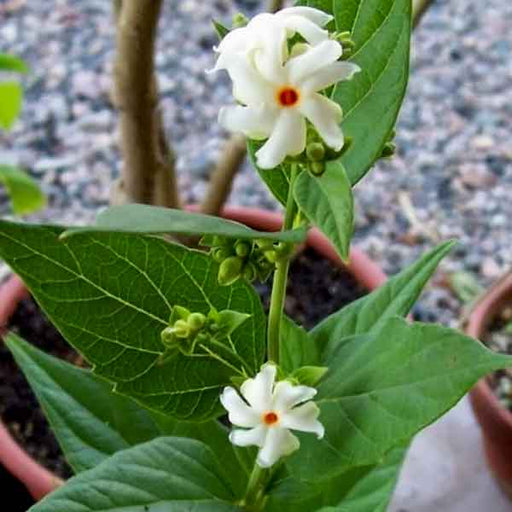
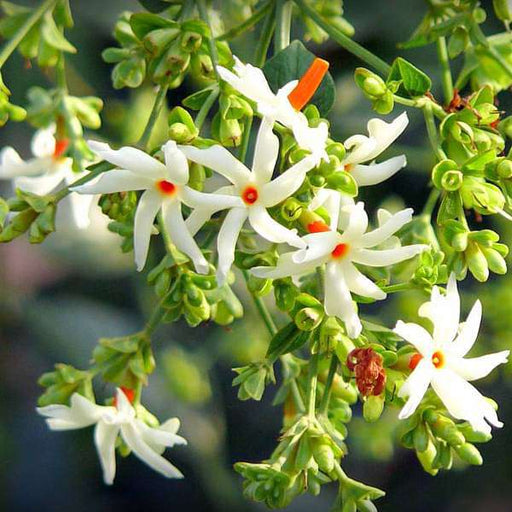 Save 18%
Save 18%
Combo Constituents Includes the Parijat Tree (Night-Flowering Jasmine), a culturally significant plant with fragrant flowers. Description The Pari...
View full details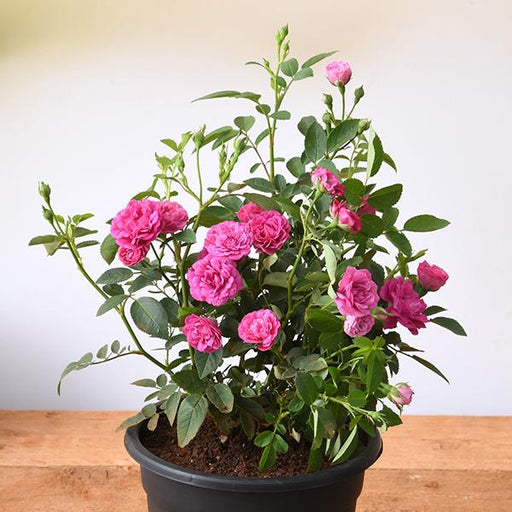
 Save 25%
Save 25%
Miniature Rose, Button Rose (Any Color) - Plant The Miniature Rose, also known as the Button Rose, is a charming and compact flowering plant that ...
View full details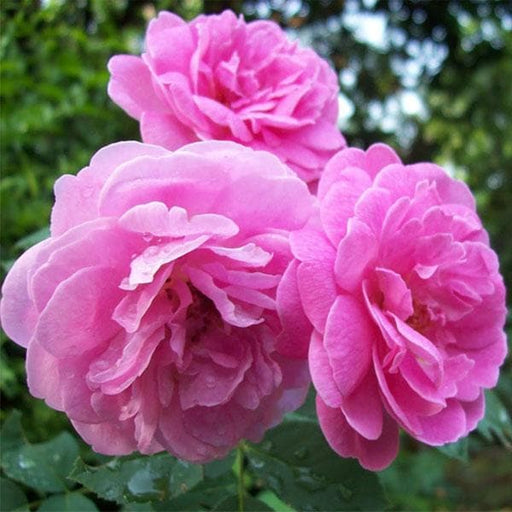 Save 25%
Save 25%
Damascus Rose, Scented Rose (Any Color) - Plant The Damascus Rose, also known as Rosa damascena, is a timeless symbol of beauty and romanc...
View full details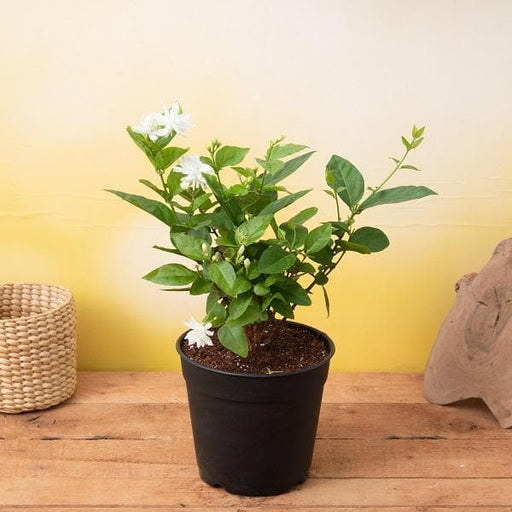
 Save 17%
Save 17%
Beautiful Fragrant Mogra, Arabian Jasmine Plant with Pot The Beautiful Fragrant Mogra, also known as Arabian Jasmine (Jasminum sambac), is...
View full details Save 15%
Save 15%
Pack of Vermicompost and Neem Cake for House Plants Transform your indoor garden with our premium Pack of Vermicompost and Neem Cake, spec...
View full details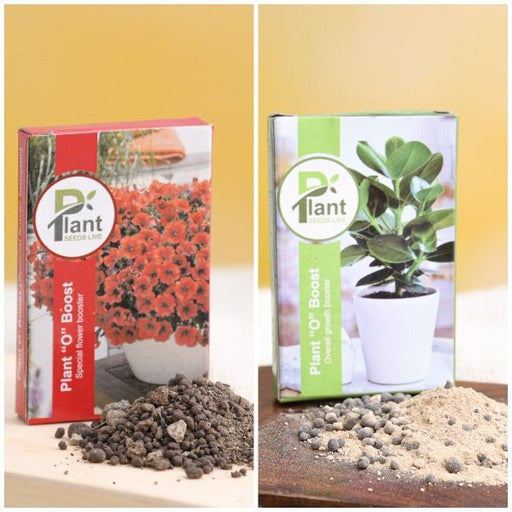
Pack of Plant Growth and Flower Boosters Unlock the full potential of your garden with our Pack of Plant Growth and Flower Boosters! This ...
View full details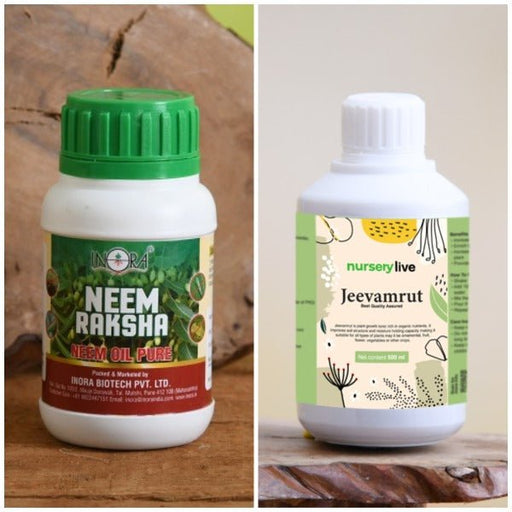 Save 38%
Save 38%
Combo of Jeevamrut and Neem Raksha for Easy Growth and Protection of Houseplants Transform your indoor garden with our exclusive combo of ...
View full details Save 22%
Save 22%
Plant Nutrients Kit (Pack of 16) for a Healthy Garden Transform your garden into a lush paradise with our Plant Nutrients Kit, featuring 1...
View full details Save 16%
Save 16%
Combo of Top Plant Fertilizers Elevate your gardening game with our exclusive Combo of Top Plant Fertilizers, featuring two bags of premiu...
View full details Save 24%
Save 24%
Pack of 4 Additives to Make Soil Healthy and Nutrient Rich Transform your garden into a thriving ecosystem with our Pack of 4 Additives de...
View full details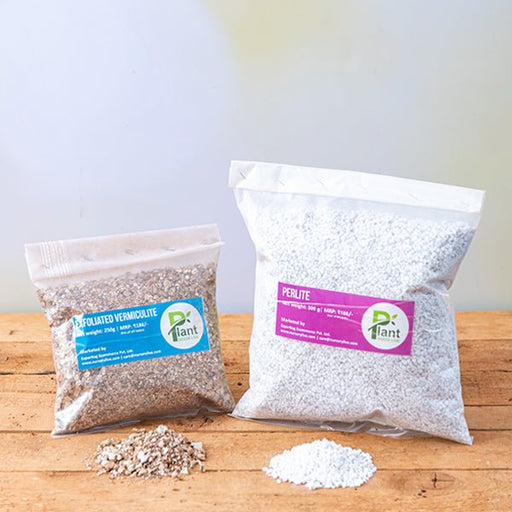 Save 30%
Save 30%
Transform your gardening experience with our premium Combo of Perlite and Vermiculite. This unique blend is designed to enhance soil aeration and ...
View full details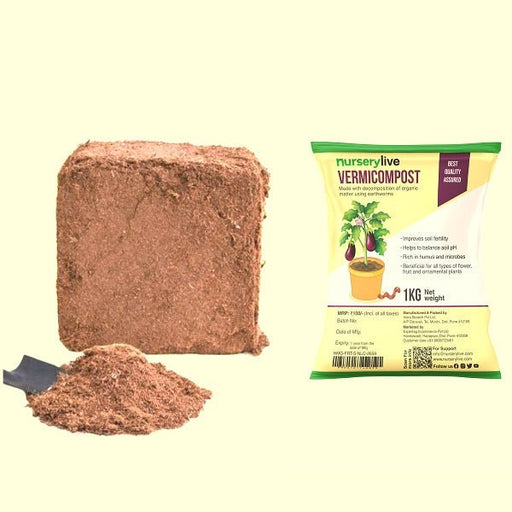 Save 27%
Save 27%
Combo of 2 Vermicompost and Cocopeat - Enrich Your Soil Naturally! Transform your garden into a thriving ecosystem with our Combo of 2 Ver...
View full details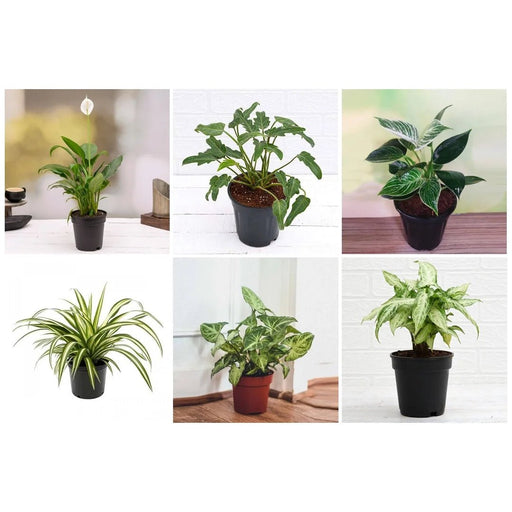
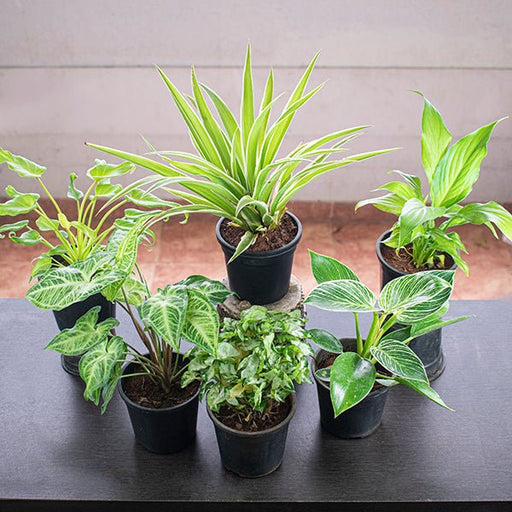 Save 35%
Save 35%
Best 6 Plants for Perfect Indoor Garden Transform your living space into a lush oasis with our curated collection of the Best 6 Plants for a...
View full details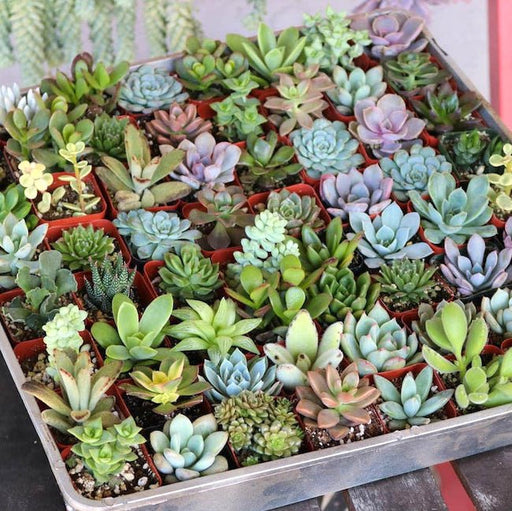
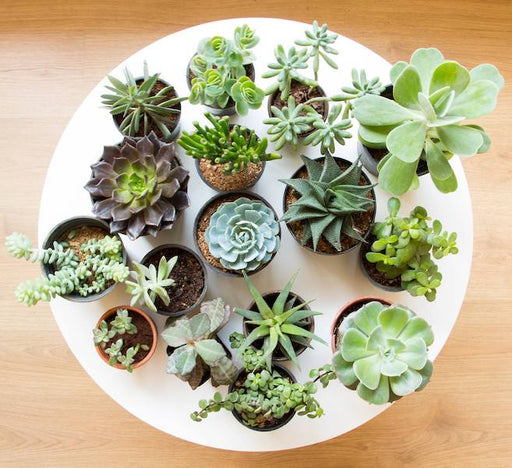 Save up to 50%
Save up to 50%
Mini Succulent Garden Pack Transform your space with our Mini Succulent Garden Pack, featuring a delightful collection of 4 any variety beautiful s...
View full details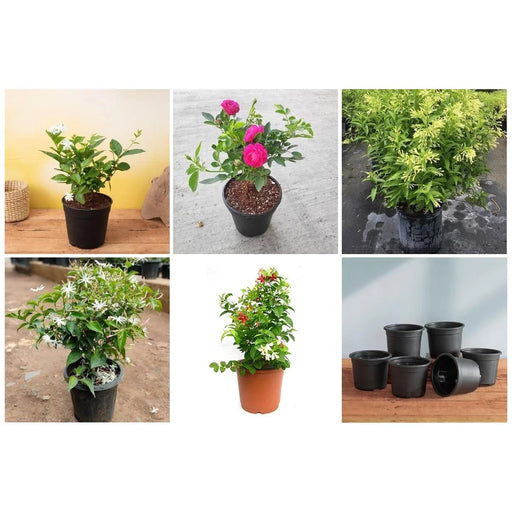
 Save 30%
Save 30%
5 Best Fragrant Plants Transform your garden or indoor space into a fragrant paradise with our curated selection of the 5 Best Fragrant Plants. Th...
View full details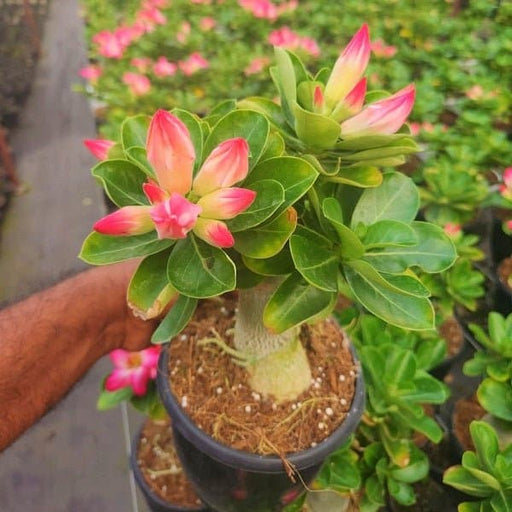
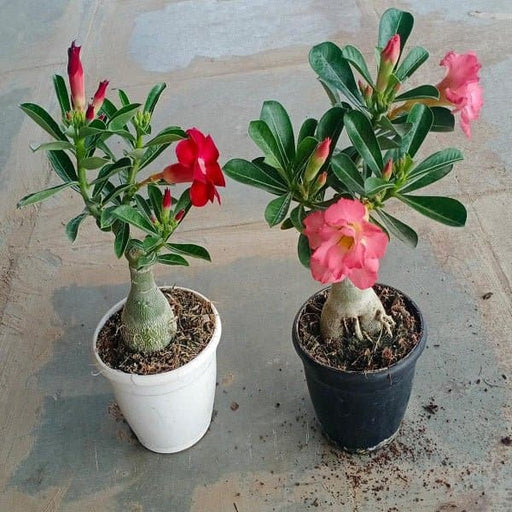 Save 24%
Save 24%
Set of 2 Bonsai Looking Grafted Adeniums Transform your indoor or outdoor space with our exquisite Set of 2 Bonsai Looking Grafted Adenium...
View full details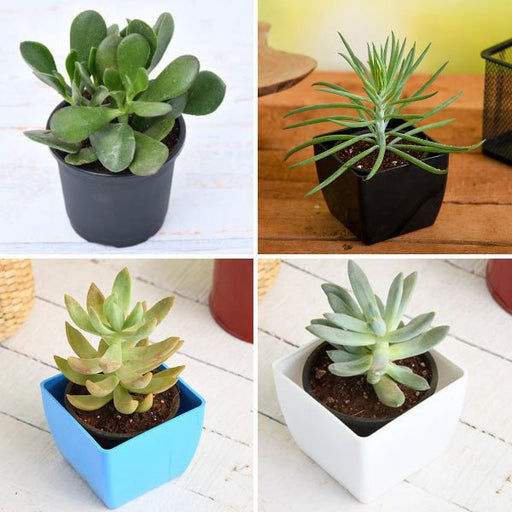 Save 45%
Save 45%
Top 4 Die Hard Succulents Pack Transform your indoor or outdoor space with our Top 4 Die Hard Succulents Pack, featuring a curated selecti...
View full details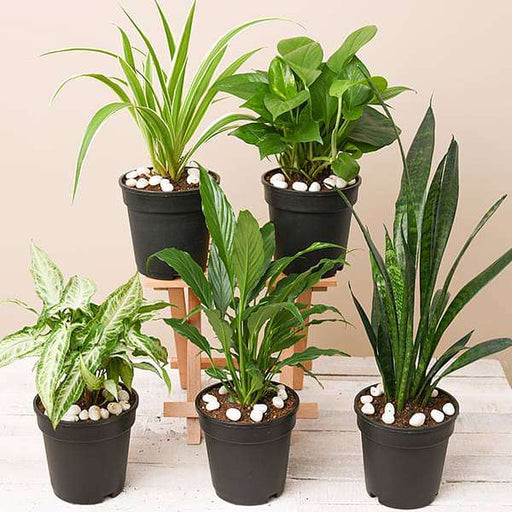
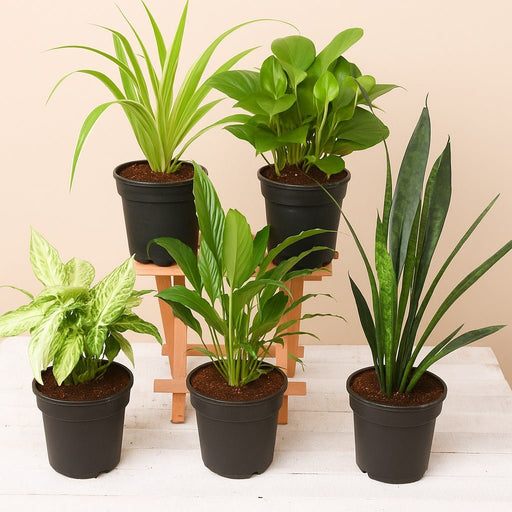 Save 30%
Save 30%
5 Best Indoor Plants Pack Transform your living space into a lush oasis with our '5 Best Indoor Plants Pack.' This carefully curated collection fe...
View full details
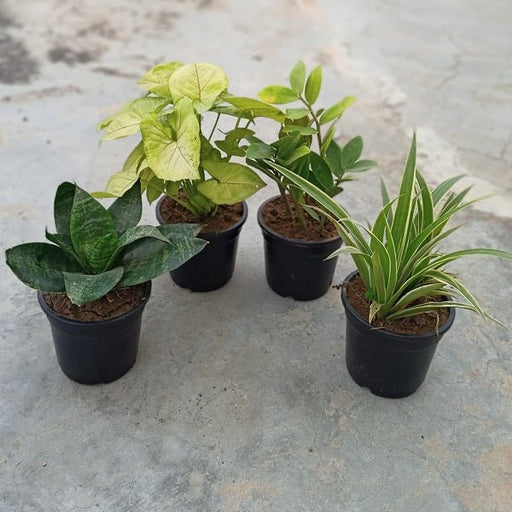 Save 25%
Save 25%
Set of 4 Evergreen Air Purifier Plant Pack Transform your indoor space into a lush, green oasis with our Set of 4 Evergreen Air Purifier Pla...
View full details| SrNo | Item Name |
|---|---|
| 1 | Dendrophthoe falcata |
Dendrophthoe falcata, commonly known as the Indian Mistletoe, is a fascinating hemiparasitic plant native to tropical and subtropical regions of Asia. This unique species attaches itself to host trees, drawing nutrients while still performing photosynthesis. Its vibrant green leaves and striking yellow flowers make it a visually appealing addition to any garden or landscape.
What sets Dendrophthoe falcata apart is its ecological role in supporting local wildlife. The plant serves as a food source for various birds and insects, contributing to biodiversity. Its ability to thrive in diverse environments makes it a resilient choice for gardeners looking to enhance their green spaces.
One of the special features of Dendrophthoe falcata is its medicinal properties. Traditionally, it has been used in Ayurvedic medicine for its potential health benefits, including anti-inflammatory and antioxidant effects. This dual role as both a decorative and functional plant makes it a valuable addition to any garden.
Dendrophthoe falcata plays a crucial role in its ecosystem by supporting biodiversity. Its presence can enhance the health of host trees and contribute to the overall balance of the environment. However, it is essential to manage its growth to prevent over-parasitism, which can harm the host tree.
This charming little tree, often found in tropical and subtropical regions, has a penchant for hanging out in the company of other trees. It thrives in humid environments, making it the life of the forest party. Picture it as the social butterfly of the botanical world, always looking for a sturdy host to latch onto and share its leafy love.
Beyond its good looks, Dendrophthoe falcata is a multitasker. It’s not just a pretty face; it’s also used in traditional medicine and as a decorative plant. Think of it as the Swiss Army knife of the plant kingdom, offering both aesthetic appeal and practical benefits.
If you’re looking for a fast-growing companion, Dendrophthoe falcata is your go-to. This tree doesn’t believe in slow and steady; it’s all about the quick and flashy. With the right conditions, it can shoot up faster than your morning coffee kicks in.
Caring for Dendrophthoe falcata is like nurturing a diva. It requires just the right amount of sunlight, water, and nutrients to thrive. Too much or too little, and you might find yourself dealing with a sulky plant. Treat it well, and it’ll reward you with lush foliage and a vibrant presence.
Propagating Dendrophthoe falcata is like playing matchmaker in the plant world. You can do it through seeds or cuttings, but be prepared for a bit of a waiting game. Patience is key, as this tree takes its sweet time to establish itself.
Every diva has its detractors, and Dendrophthoe falcata is no exception. Pests like aphids and scale insects can be a nuisance, trying to crash the party. Regular checks and a bit of pest control can keep these uninvited guests at bay, ensuring your tree remains the belle of the botanical ball.
This tree isn’t just a pretty sight; it’s also an environmental hero. Dendrophthoe falcata provides shade, supports biodiversity, and can even help improve air quality. It’s like the eco-friendly superhero of the forest, fighting pollution one leaf at a time.
The flowers of Dendrophthoe falcata are like the cherry on top of a botanical sundae. They bloom in vibrant colors, attracting pollinators and adding a splash of beauty to the landscape. It’s nature’s way of saying, “Look at me!”
The leaves of Dendrophthoe falcata are not just for show; they play a crucial role in photosynthesis. With their glossy green appearance, they’re like the tree’s personal cheerleaders, soaking up sunlight and converting it into energy.
In the grand scheme of things, Dendrophthoe falcata plays a vital role in its ecosystem. It provides habitat and food for various species, making it a key player in the circle of life. Think of it as the ultimate team player in the forest community.
In some cultures, Dendrophthoe falcata is more than just a tree; it’s a symbol of resilience and adaptability. It’s often featured in folklore and traditional practices, showcasing its importance beyond the botanical realm.
As with many natural wonders, conservation efforts are crucial for Dendrophthoe falcata. Protecting its habitat ensures that future generations can enjoy its beauty and benefits. It’s a reminder that we must all do our part to keep our planet green and thriving.
Dendrophthoe falcata, also known as the Indian mistletoe, is a hemiparasitic plant that loves to cozy up to its host trees. It’s like the clingy friend of the plant world, drawing nutrients while still photosynthesizing. Found in tropical regions, it adds a splash of green to the canopy, proving that even plants can be social butterflies.
You can find Dendrophthoe falcata hanging out in the tropical and subtropical regions of Asia, particularly in India and Southeast Asia. It’s often spotted on various host trees, making it the ultimate party crasher. Just look up in the trees, and you might catch this green mischief-maker in action, living its best parasitic life.
Dendrophthoe falcata can be a bit of a freeloader, but it’s not always a tree’s worst nightmare. While it does siphon off nutrients, many trees can handle the company. However, if the mistletoe population gets out of hand, it might lead to some serious tree drama. Moderation is key in this leafy relationship!
Dendrophthoe falcata has a romantic side, relying on birds for its matchmaking. Its bright berries attract feathered friends, who munch on them and then drop the seeds onto potential host trees. It’s like a botanical Tinder, where the mistletoe swipes right on trees to find its next nutrient-rich partner!
Yes, Dendrophthoe falcata has made its way into traditional medicine cabinets, especially in Ayurveda. It’s believed to have various health benefits, from boosting immunity to treating respiratory issues. Just remember, while it’s a plant with potential, it’s not a miracle cure. Always consult a professional before diving into herbal remedies!
Dendrophthoe falcata plays a role in its ecosystem, providing food for birds and insects. Its presence can enhance biodiversity, making it a valuable player in the forest drama. Plus, it helps with nutrient cycling, proving that even parasitic plants can contribute positively to their surroundings. Who knew freeloaders could be so helpful
While Dendrophthoe falcata’s berries are technically edible, they’re not exactly a gourmet treat. They’re more of a “survival snack” than a culinary delight. Birds love them, but humans might find them a bit lacking in flavor. So, unless you’re in a pinch, it’s best to leave the mistletoe munching to our feathered friends.
Caring for Dendrophthoe falcata is like hosting a plant party—choose a suitable host tree, provide some sunlight, and let it do its thing! It thrives in warm, humid conditions, so keep it cozy. Just remember, it’s a parasitic plant, so don’t expect it to be the most independent housemate!
Dendrophthoe falcata can attract a few uninvited guests, like aphids and scale insects. These pests can be a nuisance, sucking the life out of the mistletoe. Regular checks and a good dose of natural pest control can keep these party crashers at bay, ensuring your mistletoe remains the life of the botanical bash!
Dendrophthoe falcata isn’t on the endangered list, but habitat loss and deforestation can pose threats. It’s like a popular hangout spot that’s slowly disappearing. Conservation efforts are essential to ensure this charming mistletoe continues to thrive in its natural habitat, keeping the ecological party going for generations to come.
Dendrophthoe falcata has a moderate growth rate, often taking a few years to establish itself on a host tree. Once it settles in, it can spread its leafy arms and grow quite lush. Patience is key, as this plant takes its time to become the life of the forest party, but it’s worth the wait!